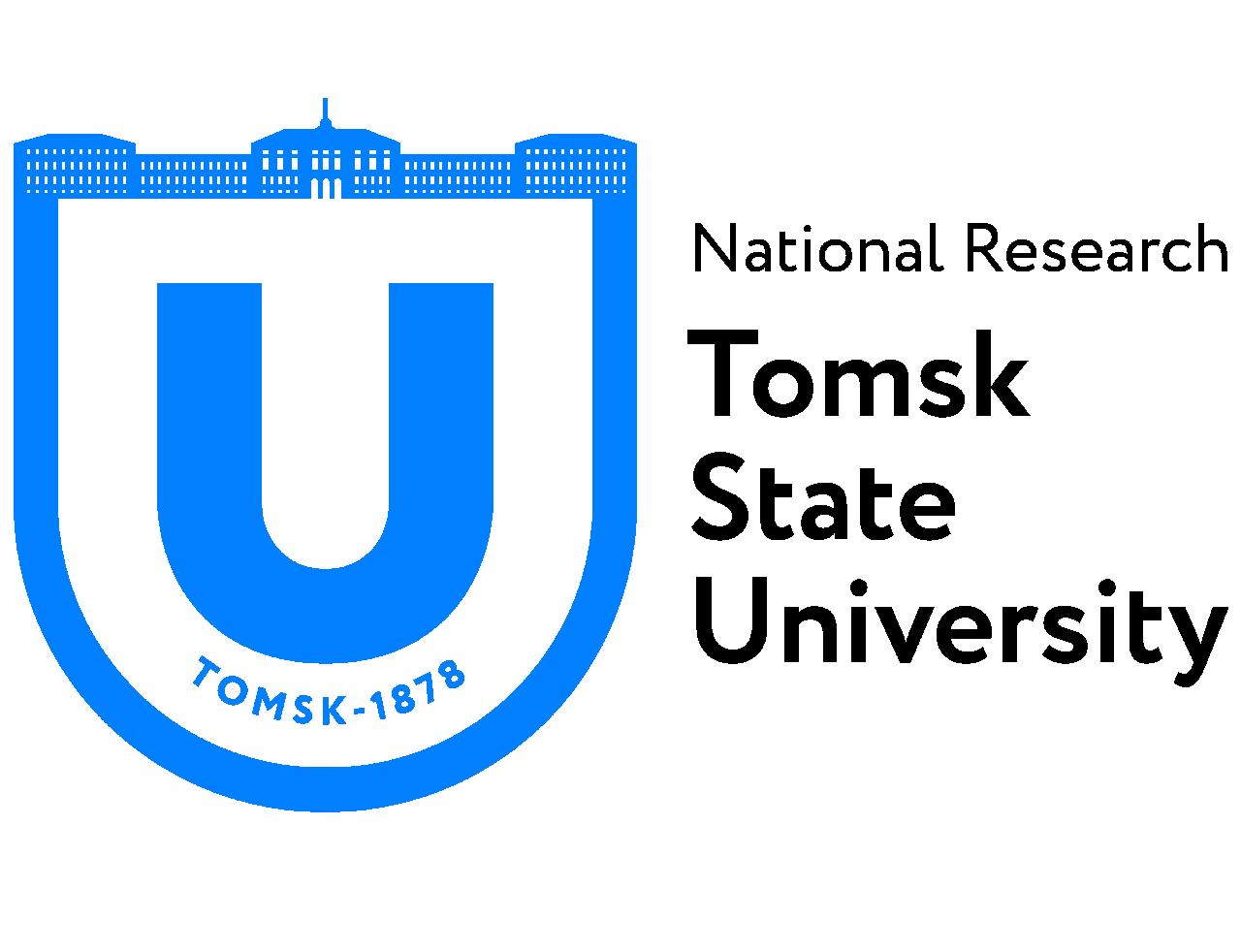Tomsk State University: scientists analyze the impact of global warming on Altai glaciers
Scientists from the Faculty of Geology and Geography have found that due to global warming, the Left Aktru glacier in Altai lost more than 10 meters of its height in 2020. The rise in temperatures in 2020 was , which became one of the record ones in the 60+-year history of the TSU field station in the Aktru mountain-glacial basin.
According to the World Meteorological Organization, from 2011 to 2020 was the warmest decade in the history of meteorological observations, which have been regularly conducted since 1891. Compared to the pre-industrial period, the air temperature in 2020 has already increased by 1.2 ° C.
The data obtained by TSU scientists from the field station in the Aktru mountain-glacial basin confirm this trend. During glaciological work in May-September 2020, a rack field of 16 ablation laths was deployed on the Levy Aktru glacier in all main morphological zones. TSU glaciologists have measured the thickness of snow at more than 200 points at the altitude of 2,650–3,600 meters above sea level. Eight deep pits were laid to measure the density of the snow cover and study the stratigraphy of the snow cover.
In 2020, an automated weather station was also installed on the Aktru scientific base, continuously transmitting the parameters of temperature, wind speed, and amount of rainfall. The same meteorological station appeared on the lateral moraine of the Left Aktru near the Blue Lake (2,850 m above sea level). The sum of positive temperatures there in July 2020 was 232 °С, which is 24% more than in 1986.
– We and the Department of Glaciology of the Institute of Geography of the Russian Academy of Sciences processed the field monitoring materials and calculated the mass balance index of the Left Aktru, which was minus 947 mm of water equivalent. That is, this year on the entire area of 5.3 sq. km the glacier lost more than 10 meters in height. 2019 was also warm, but in 2020 the rate of weight loss increased by more than 2 times, – said Alexander Erofeev, head of the glacioclimatology laboratory of the Faculty of Geology and Geography.
The data was sent to the World Glacier Monitoring Service (WGMS) in Zurich.
Glaciation reduction trends are observed in almost all major mountain-glacial regions of the Earth. Dangers with a sharp reduction in glaciation in the mountains are associated with a decrease in the stability of slopes and an increase in the risks of the appearance of natural processes unfavorable for life.
– With the active melting of glaciers, water consumption in mountain rivers increases, however, the gradual depletion of their volume will be accompanied by a sharp decrease in the water content of the rivers and consequences for the regional economy. Another danger during the thawing of permafrost in the mountains is associated with the appearance of catastrophic floods caused by the breakthrough of dams of moraine-dammed lakes, which is very important for the Aktru mountain-glacial basin, – stressed Alexander Erofeev.
At the same time, as scientists note, for the functioning of glaciers, the main factors are the amount of precipitation in the form of snow in the feeding zone, as well as the intensity of the melting period. In this regard, even low temperatures in Siberia this winter will not have any effect on the current trend of reduction of glaciation in Altai.

